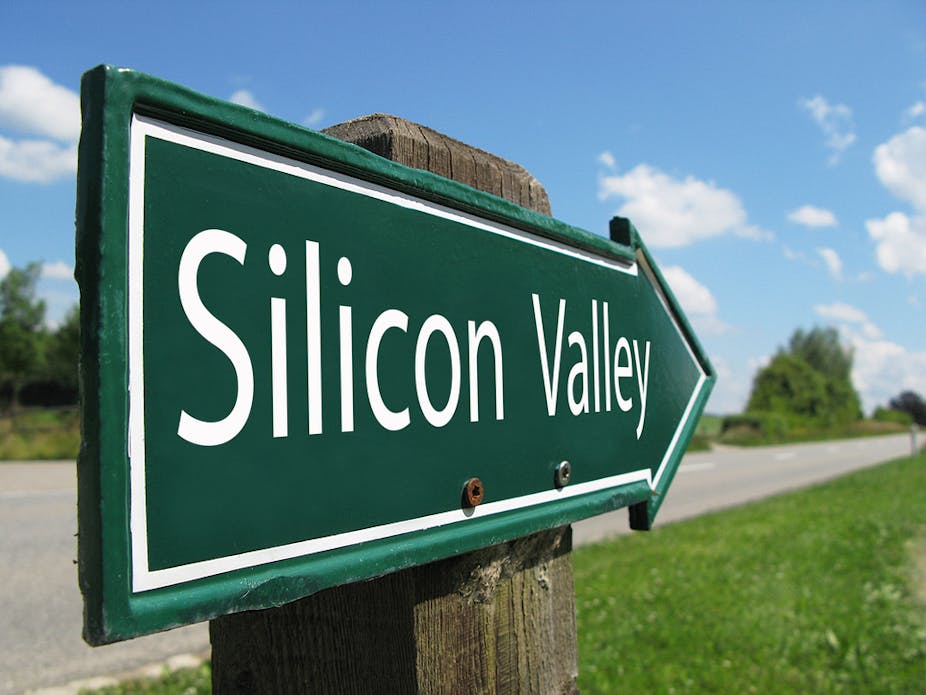There were some raised eyebrows when the smiling faces of Atlassian founders Scott Farquhar and Mike Cannon-Brookes appeared at the top of Business Review Weekly’s annual young rich list.
The business enterprise software entrepreneurs didn’t just symbolically edge mining magnate Nathan Tinkler from the top spot but they also pointed to the sudden appearance of a new Australian economic horizon that didn’t involve fracking. In the buzzing technology meet-ups and co-working spaces in Australia’s large cities, it was vindication for their commitment to what is sometimes referred to as the “ramen economy”: long nights, instant noodles, and little financial income to create a product that might never see the light of day.
For many Australian tech entrepreneurs, part of the glow from seeing Atlassian’s founders at the top of the tree came from admiration at the way the pair had “bootstrapped” their way to global competitiveness without relying significantly on venture capital – or, indeed, much outside investment at all.
It also helped ease the nagging sense of being a flight away from the action of Silicon Valley and San Francisco. For many Australians, the lure of the Valley is the feeling of being in a place that understands their risky business, very different to the one where bank managers, investors and even relatives would rather fund Gold Coast real estate than invest in the mysterious terrain of a digital technology start-up.
Start-up stamina
Unlike overnight Valley successes like Instagram, it took Atlassian’s founders 10 years to gradually build their company to its current prominence, which is common for enterprise software. Much of the admiration for the founders is due to this stamina. Yet questions remain over how best to create more Atlassians in Australia. For government, other than subsiding ramen, it is difficult to create policies that can be tailored to the wild diversity of products, sectors and markets that constitute the digital economy. Although agencies such as Commercialisation Australia are generally seen to be making the right moves for certain sectors, local investors find the distance from the Valley to be a major disadvantage in detecting what might take off as the next big app, website or online store.
However, there can be a tendency in Australia to fret over the inability to produce more firms that are on the scale of Google or Facebook. This ignores the vast swathe of small and medium-sized digital enterprises that will still – in aggregate – yield huge returns for the Australian economy in terms of employment and tax revenues. Indeed, Google Australia has such a strong interest in generating new tech SMEs that it commissioned a PWC report, The Startup Economy, which suggested that the sector could add 540,000 jobs and 4% of GDP by 2033. Given that many of Australia’s largest tech firms pay a minimal amount in corporate tax, this is not a small matter.

One of the myths of start-up culture is that success comes through clustering - where firms trade with each other, share knowledge too specialised to be written down effectively and hire from each other - and that Silicon Valley is therefore the number one choice for launching a tech firm. There is no doubt that the lure of Silicon Valley has been due to a virtuous cycle of knowledgeable venture capital, a world-leading research university (Stanford), and a number of other x-factors. Little surprise that the area’s accelerator programs such as Y Combinator or the Founder Institute are popular targets for Australian start-ups.
Asian hubs
But is there an alternative? In Singapore’s Block 71, out near the National University of Singapore, there lies a familiar warehouse-style building of start-ups, many of which are benefiting from the government’s desire to harness the creativity of app designers, e-commerce and finance software authors and lead the Southeast Asian market in these areas. The likes of Hanoi, Kuala Lumpur and Jakarta are similarly generating start-up cultures with the potential to tap into markets vastly larger than Australia. A successful Indonesian start-up is looking at a national population of 240 million, not far behind the US, which will increasingly sort itself into diverse digital markets for all sorts of things.
This is the future that could captivate Australian start-ups. Notwithstanding the inevitable digital downturn that will correct the massive supply of new firms and products, the long-term opportunities are huge for innovators who can meet a low- to medium-income Asian market. The current cross-party support for renewed government commitment to an Asian cultural and linguistic literacy could be crucial in training Australians who can understand and develop products that fit these markets.
The changing nature of tech capacity in Asia’s diversely enabled societies isn’t something that Valley firms can easily keep tabs on. The next Atlassian could be started by a pair of Chinese students studying right now in Melbourne, or an Australian-born Vietnamese or Indian entrepreneur who can leverage transnational family connections and build a fast-growing company. Encouraging these new digital economic geographies is a task that might occupy minds more than the California dreaming that so often occupies the start-up headlines. It might just be that this is one of the best ways that Australia can wire itself into the Asian Century.

